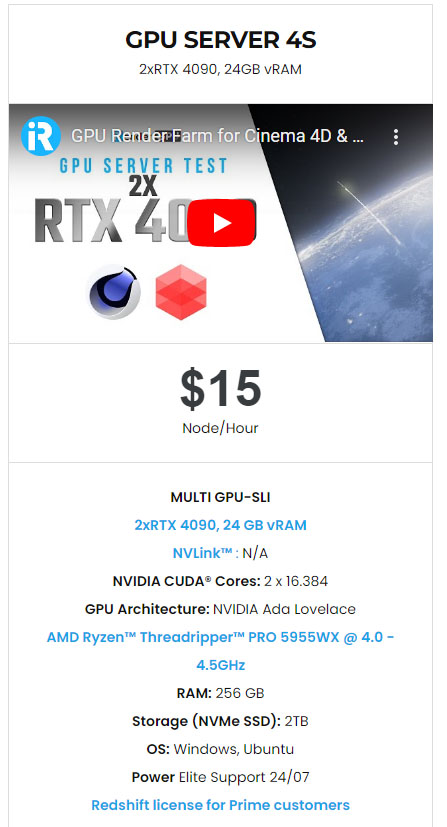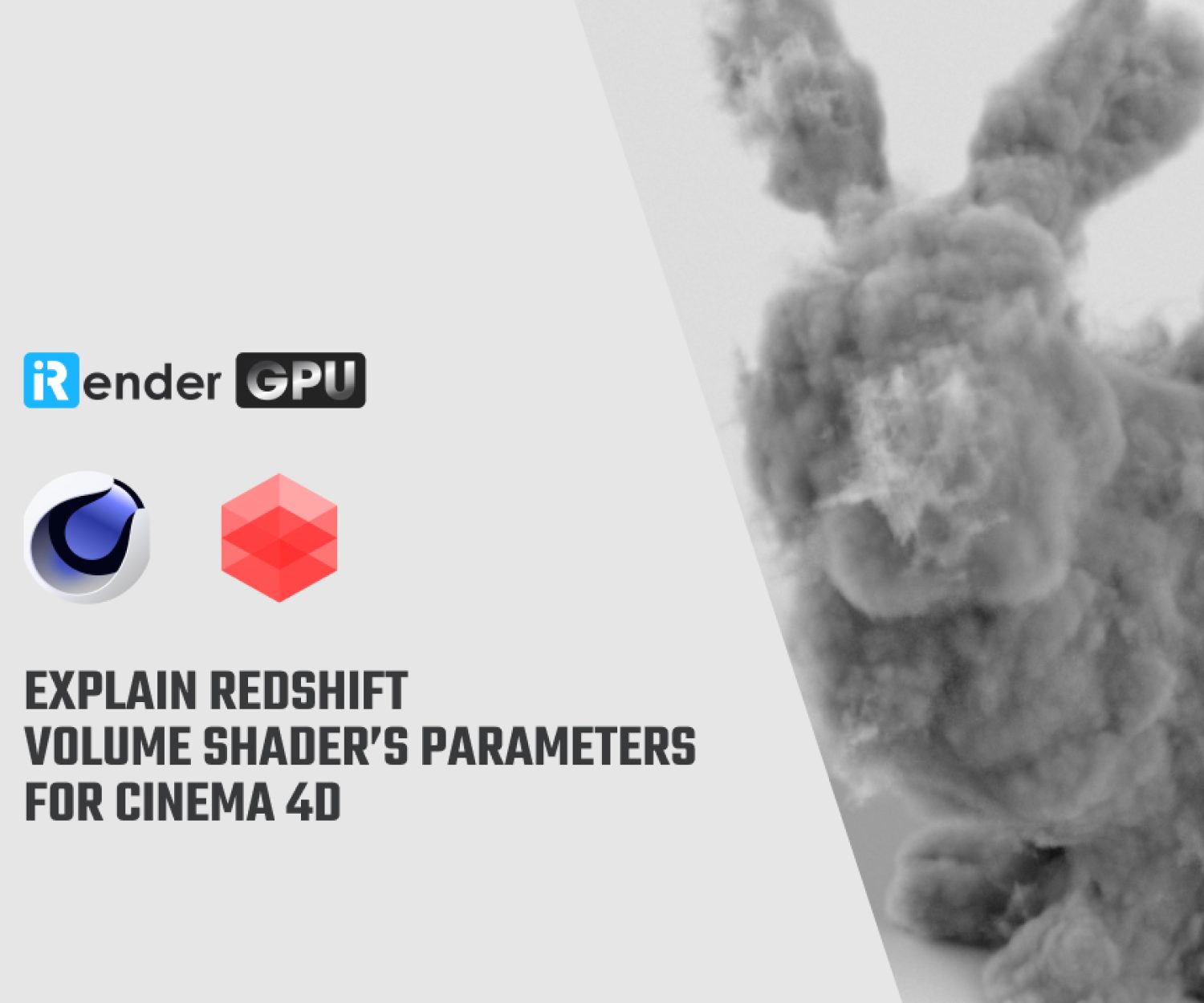Why is Redshift the most favorite render engine?
Our team has tested and experimented with a variety of 3D rendering software over the years after frequently being questioned about the most well-liked and potent render solution. Our favourite renderer for high-quality production work is Redshift. It is just the quickest render engine we’ve used, and it works well with many third-party plugins. In this article, let’s dive into more detail.
What is Redshift and how it works?
Redshift is a biased GPU render engine that enables several methods of computing the produced images’ final values. This enables artists to expedite their work by “cheating” for less photorealistic results, or conversely, artists can opt to not “cheat” for more photorealistic outcomes. Imagine being able to employ physical or conventional renderers on a GPU to obtain the results that are most appropriate for your needs and available time.
We use a rendering engine to put our 3D wireframe models through its paces after creation (like Redshift). The rendering engine creates a three-dimensional image using the information from our 3D models. From there, it computes the light, shadow, materials, and reflections that give an image a realistic appearance. Together, these components result in the final, photo-realistic image or animation. We can isolate specific items after rendering thanks to Redshift’s object ID capability. Then, we may alter phenomena like reflections and refractions. It’s a useful function. These components can be changed in real-time, and the produced result can then be imported into a post-production application like Photoshop or AfterEffects.

Image Source: maxon.net/en/redshift
Why is Redshift the most favorite render engine?
Compared to other rendering engines, Redshift is incredibly quick.
Even though we’ve previously stated it, it bears repeating. One of the main factors that makes Redshift superior to other rendering engines is speed.
Redshift is a biased GPU rendering tool, which means that instead of using a regular computer processor, it renders data using the graphics card (GPU) (CPU). The elements we discussed earlier can be calculated simultaneously rather than sequentially. Because Redshift is the first fully GPU-accelerated, biased renderer in the world, the developer boasts with pride about how well-developed its features are.
During the rendering process, biased 3D renderers approximate. Users can quickly construct realistic representations using these estimations.On the other hand, unbiased rendering engines make as many calculations as they can to provide a wholly realistic image. But because of all those calculations, rendering these graphics takes a while.
The advantages of unbiased versus biased rendering have been a topic of discussion over the years. Biased renderers’ early iterations were prone to mistakes and required users to make further modifications after the final rendering. But technological advancements have narrowed the gap. Images can now be rendered by biased renderers more quickly and accurately than in the past. Additionally, Redshift’s default settings provide fairly realistic photos.
Reliable out-of-the-box performance.
Redshift is designed to produce some really good outcomes right out of the box. You don’t have to mess about with the controls or trawl through menus in search of the ideal settings. Unquestionably designed with artists in mind, it has a toolbox of favorite commands and easy lists of settings.
Although it’s a little more laborious, some 3D rendering systems, like V-ray, allow complete control over these variables. To acquire the desired image, you must carefully adjust a ton of parameters, checkboxes, and knobs. Redshift is one of the simpler rendering engines to understand and utilize as a result.
Most third-party plugins, including X-Particles and Turbulence FD, operate well with it
Third-party plugins are commonly used, and naturally, all of those components must be rendered. Redshift performs a fantastic job of staying up-to-date with the most helpful and well-liked plugins. We’re referring to plugins like Turbulence FD and X-Particles.
A lot of these plugins are regularly used by our team. Therefore, it’s crucial that we use software that works well with these other technologies.
Interactive experience
The Interactive Preview Regions (IPR) offered by 3rd party render solutions are excellent. With Redshift, that theme is still present. The IPR window in Redshift is known as “RenderView”. Because Redshift uses GPUs for rendering, users can view a produced scene practically instantly. The IPR displays changes to a scene almost instantly. Whether it is an object, a texture, or a change in lighting. It is astounding.
Redshift’s built-in capability prepares you for photorealistic success, but its RenderView Interactive Preview Region also makes it simpler to make adjustments as you go. Artists can actually alter their work almost instantly. Redshift is an exceptionally quick rendering engine, thus there aren’t any protracted downtimes while new scenes render.
Real-time rendering enables us to swiftly modify our work in response to client comments or modifications to the final result while working with clients. We don’t need to wait several hours or days to show a new picture (with updated color or lighting). We can instead make the required changes, render quickly with Redshift, and submit back.
Renderfarm Support
Lack of support for render farms has been one issue in recent years for artists utilizing GPU render engines. That is changing with Redshift. Redshift has always supported render farms and is a major proponent of production pipelines and processes. Despite all the wonderful speed improvements, GPUs may still get sluggish when dealing with really large scenes. Redshift enables you to render a scene once and receive it back the same day without having to purchase a ton of new gear.
iRender - The Best Cloud Rendering for Redshift
1. High-end configuration
iRender is proud to be a professional GPU Accelerated Cloud Rendering Service provider for 3D Render, CGI, and VFX tasks with more than 30,000 clients. Morover, we are appreciated in many global rankings (for example, CGDirector, Lumion Official, Radarrender, InspirationTuts CAD, All3DP, BlenderBaseCamp, VFX Rendering.) In additionally, we have many servers from single, dual to multiple GPUs to serve your needs. Redshift can run on multi GPU, so let’s check out our multi-GPUs servers like 4/6/8 x RTX3090s, they can render your project at lightning speed. Recently, we just released our new package server 4S (2 RTX 4090), you can refer its configuration as below:
2. Redshift server test on iRender
It can be said that iRender’s server is a “beast”. Because it speeds up your rendering process many times which suitable for people with tight deadline. Let’s check out the rendering performance in Redshift on RTX 3090 and RTX 4090 servers:
Specially, in this month, we are running a SPECIAL PROGRAM: 20% Additional Bonus for new clients who register an account and make a top-up within 24 hours of registration.
Get the FREE COUPON to try our high-end computers for your Redshift projects now!
iRender – Happy Rendering!
Related Posts
The latest creative news from Cinema 4D Cloud Rendering , Blender Cloud Rendering, Redshift Cloud Rendering, Houdini Cloud Rendering , Octane Cloud Rendering, 3D VFX Plugins & Cloud Rendering.









